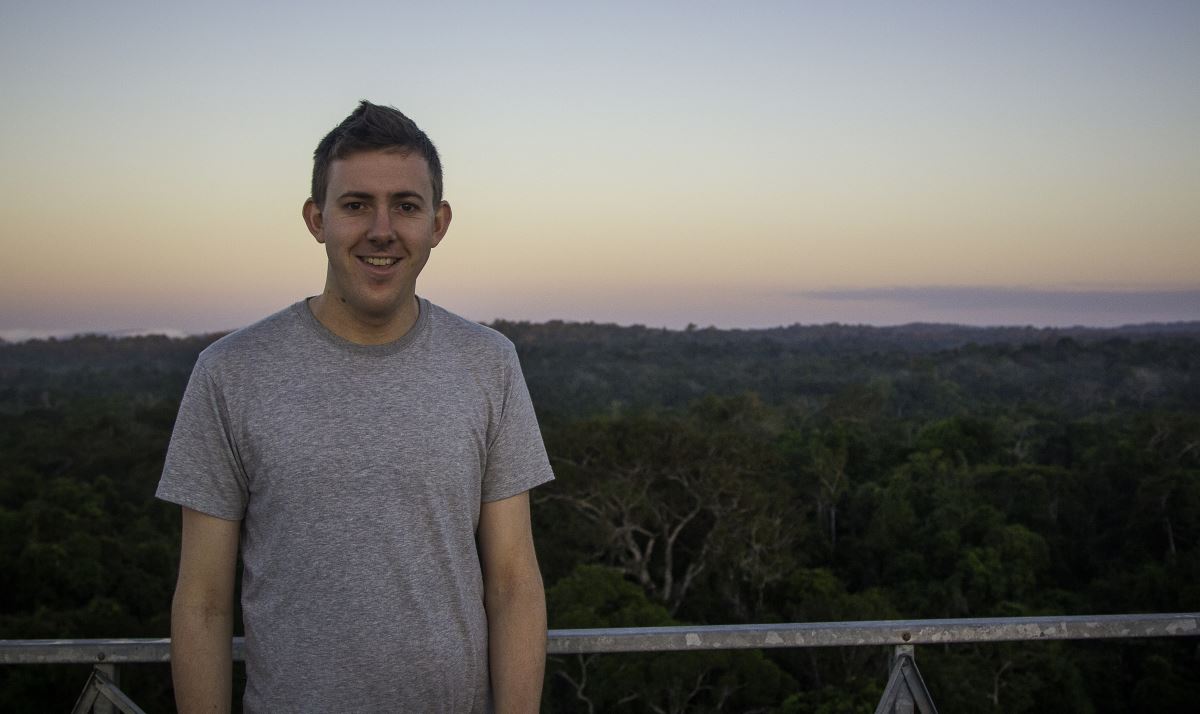
Searching for Wildlife in The Pantanal Wetlands
Rainbow Tours' Scott Mathias looks past the Amazon and finds that the world's largest wetland has fewer tourists and easier to find wildlife
The sun is still sleeping when I’m awoken by a gentle knock on my door. It’s 4:30am, and with the alarm clock ringing in my ears I slowly, sleepily remember that I’d agreed to an early morning kayak tour of the Pantanal wetlands. Then I remember the rest. As I shut off the clock and lurch through the door into the clammy morning mist, it’s crocodiles on my mind rather than canoes.
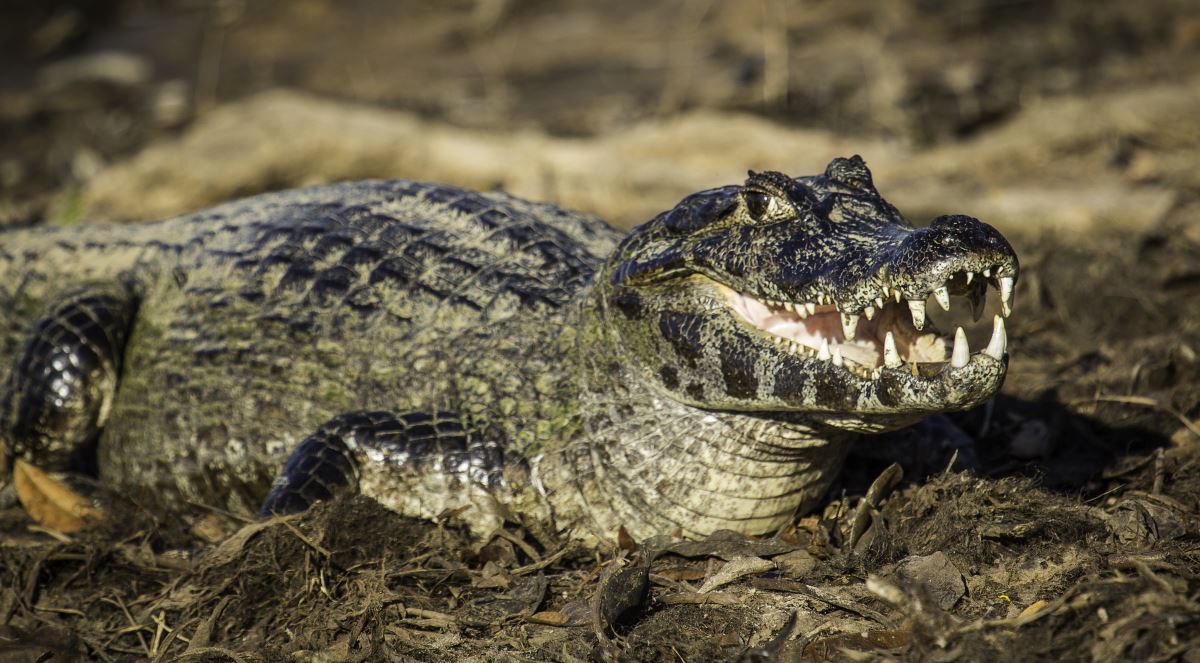
You see the Pantanal is full of them. This vast area of seasonal wetlands to the south of the Amazon jungle is criss-crossed by an extensive network of rivers and freshwater lakes. Often overlooked in favour of more famous and easier to reach rainforest, the Pantanal is one of the best destinations for wildlife spotting in all of South America – especially during the dry season (May to September) when the lakes recede and the animals congregate around the remaining water supplies. For crocodiles, it’s essentially one big water park.
As my guide leads me carefully down to the banks of the river I can make out the shadows of these slumbering dinosaurs. Luckily it turns out I’m not the only one who doesn’t want a close encounter, and, as we rustle through the reeds, they scatter into the distance.
With the crocodiles in retreat and my heart beating a little slower, I realise we are in complete and utter isolation. There are no other tourists, no light and no noise - just our two canoes floating on the still waters. It’s beautiful, but the silence is soon broken.
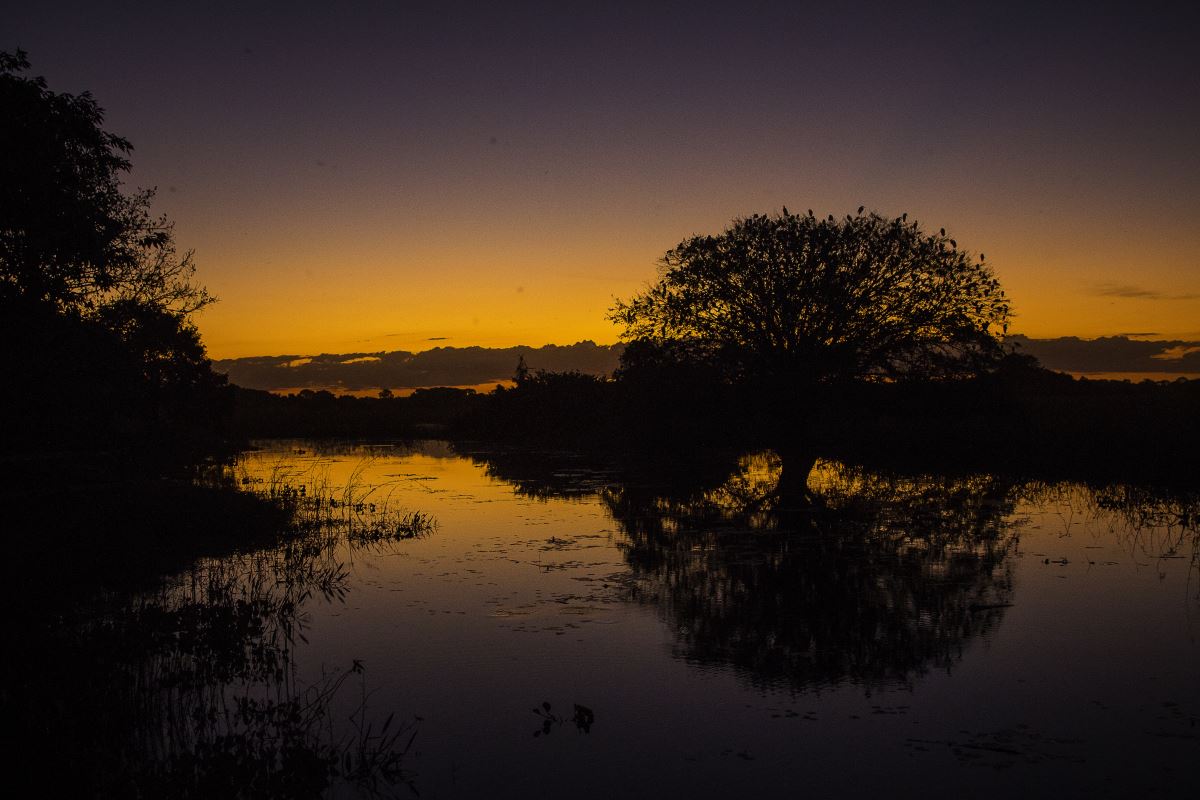
An orange hue creeps over the horizon and the Brazilian sun springs over the lake. This rainforest alarm clock announces the arrival of a new day to the thousands of animals that call this unique ecosystem home. Bird call shatters the silence as kingfishers break for the sky and macaws begin their day long chatter, while jaguar prowl and tapir grunt beneath the undergrowth.
From the side of our canoe we spot a family of giant otters that has just stepped out from the marshy shallows. Reaching nearly two meters in length, we paddle closer to get a better view before a few sharp barks tells us to keep our distance. Such is the wealth of wildlife that the banks fast turn into a parade of mammals and birdlife. There are stork-like jabiru dipping their toes into the water, and before breakfast I have spotted Brazil’s famous capybara as it scampered down to the river for an early morning drink.
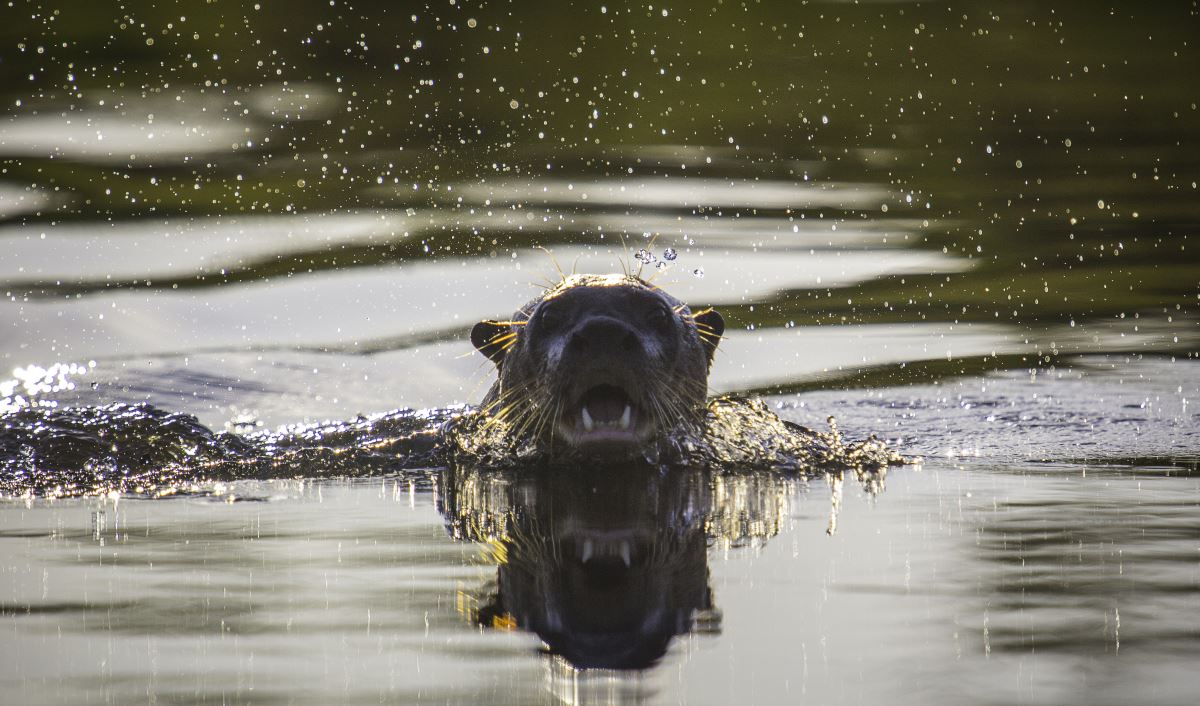
After pulling in at the Rio Mutum eco-lodge, I reluctantly trade my canoe for a saddle and set off to explore the Pantanal by horseback. Horses play a vital role in the lives of the wetland communities and even to this day are used to round up cattle. Wading through wetland, savannah and scrubland, I’m introduced to colourful toucans, vibrant scarlet and hyacinth macaws and even a family of howler monkeys, hiding in the trees.
I’ve seen a lot as the sun starts to sag in the sky and we head for home, but I’m a little sorry to not have spotted Brazil’s iconic piranha. It turns out I needn’t have worried - this evening’s dinner hasn’t yet been caught. Instead, we’re handed rudimentary wooden poles, with a hook and a lump of meat. It turns out fishing for piranhas is incredibly easy when you have half a pound of pork in the water. We pull the piranhas up, pass them on to the chef and tuck into them later in a salty soup.
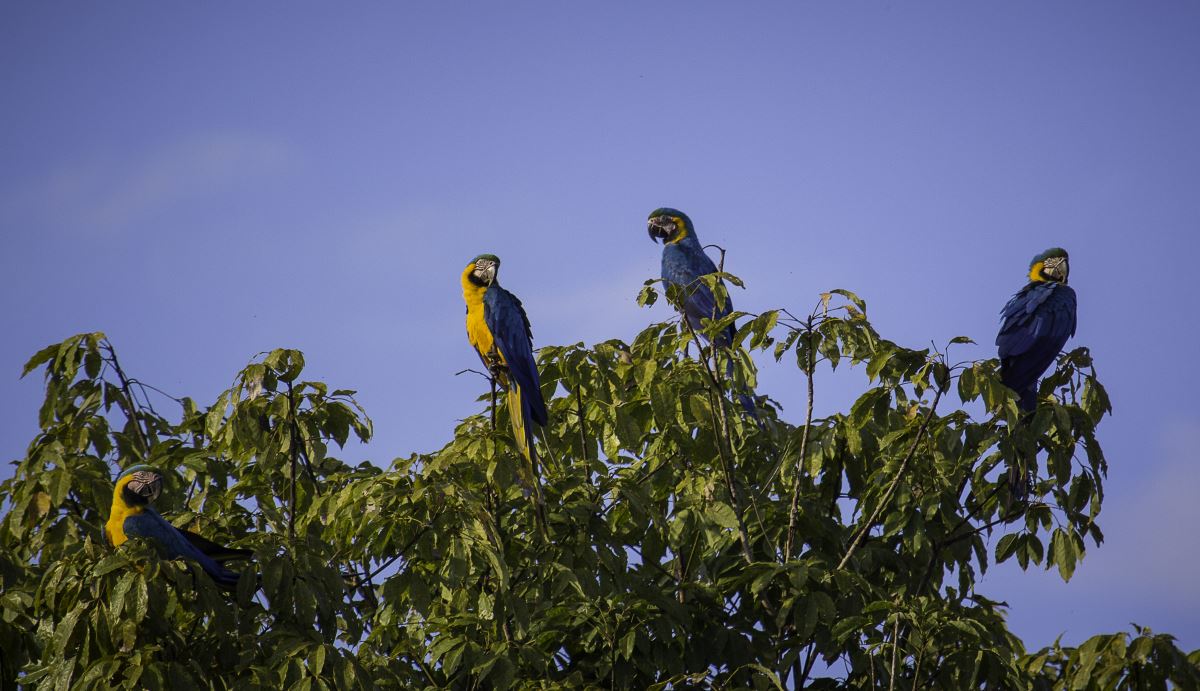
Later, once the evening is well and truly underway, the air cools enough for us to return to the riverside once more. The massive crocodiles we side-stepped this morning are back on the banks. This time I think I’ll be a bit braver and get a little closer for a picture. As I take a step forward, one swivels his head and fixes me with a stare - this time it’s my turn to scuttle away.
Scott travelled on Rainbow Tours' Best of Brazillian Amazon and Pantanal Tour, staying in the Pousada Rio Matum Lodge.
